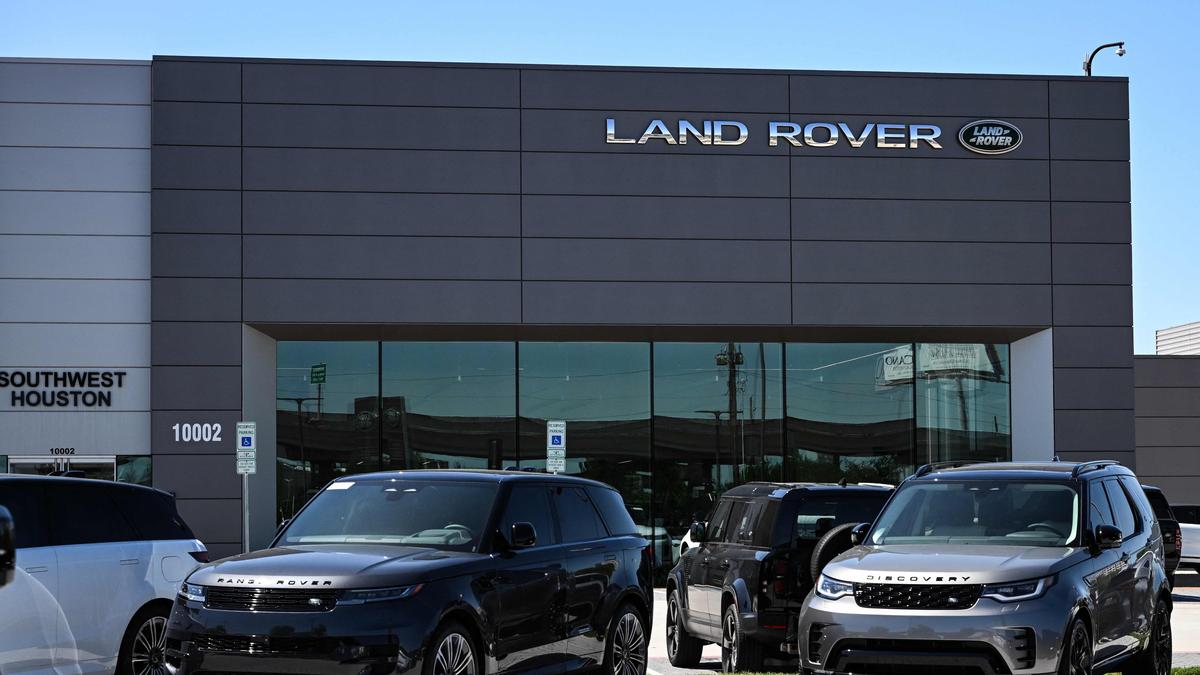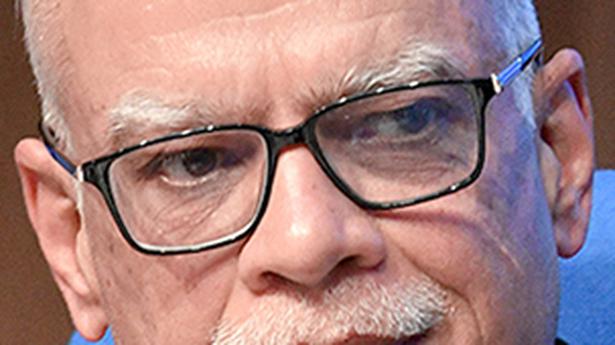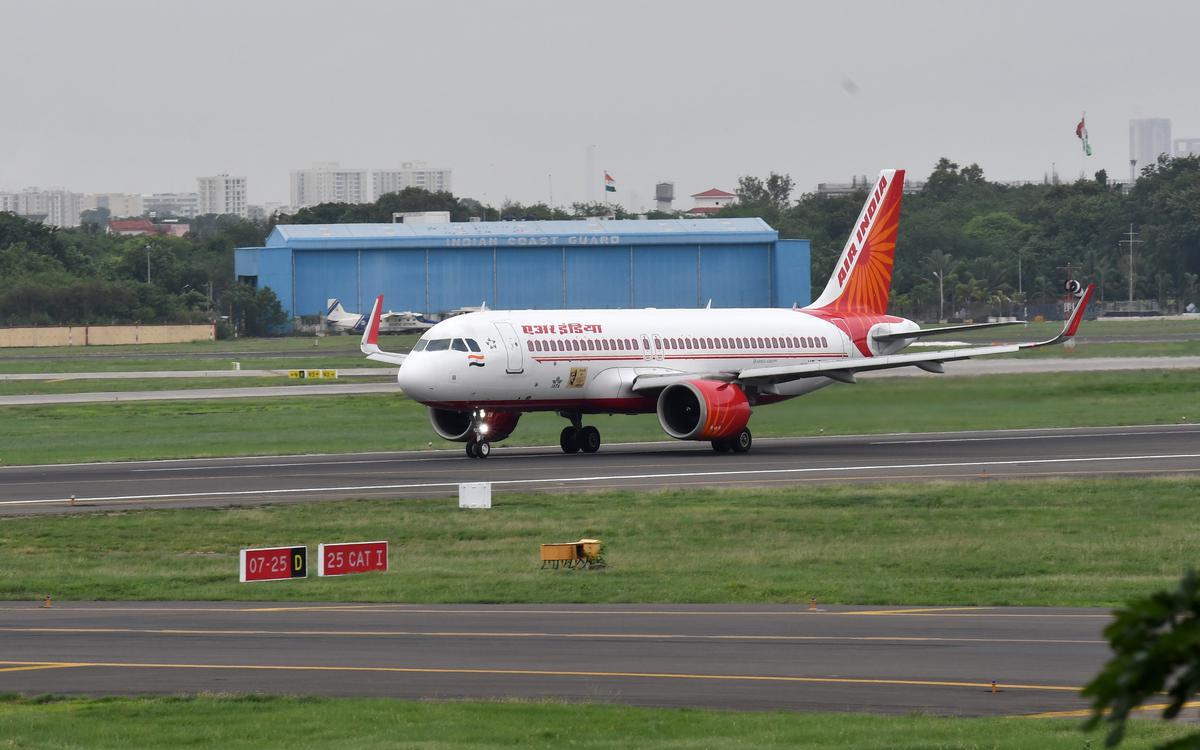The trade agreements between U.S. and U.K. as well as U.K. and India would benefit JLR, said P.B. Balaji, Group Chief Financial Officer, Tata Motors.
Tata Motors Ltd. (TML) reported Q4 consolidated net profit plunged 52% to ₹8,470 crore from ₹17,528 crore in the year-earlier period which included deferred tax asset of ₹9,000 crore and exceptional item of ₹566 crore.
Revenue remained flat at ₹1,18,927 crore. For FY25, the company’s consolidated net profit fell 11% to ₹27,830 crore, while revenue grew by a marginal 1% to ₹4,36,821 crore.
During the year, Tata Motors Group turned net auto cash positive with a net cash balance of ₹1,000 crore, the firm said.
The board recommended a final dividend of ₹6 per share subject to approval by the shareholders.
Lower depreciation and amortization at Jaguar Land Rover (JLR) unit, better profitability at the Commercial Vehicles division and savings in interest cost were partially offset by lower volumes and lower operating leverage, the company said.
P.B. Balaji, Group Chief Financial Officer, Tata Motors said, “Despite external headwinds, Tata Motors sustained its strong performance in FY25, delivering its highest ever revenues and PBT(bei).
“On a consolidated basis, the automotive business is now debt-free, reducing interest costs. This is both pleasing and significant as it reflects healthy business fundamentals delivered by a resilient team,” he said.
“Drawing strength from it, in this environment of heightened uncertainty, we will remain agile, proactively drive our growth agenda, reduce our cash breakeven further whilst continuing to invest in our future. With the shareholders also approving the demerger, we are on track to realise the full potential of each of the businesses,” he added.
He said the tariffs and related geo-political actions were making the operating environment uncertain and challenging but the company would go ahead with the long term growth plans by continuing its investment. “The global premium luxury segment and Indian domestic markets are expected to weather this [the challenges] relatively better. Drawing strength from our healthy business fundamentals, we remain focused on executing our growth strategy flawlessly, serving our customers better, and maintaining a heightened vigil on costs and cashflows whilst continuing to invest in our future,” Mr. Balaji said.
He said the trade agreements between U.S. and U.K. as well as U.K. and India would benefit JLR, but did not quantify the gains.
Mr. Balaji said the FTA between India and U.K. would see reduction in the prices of future models of JLR as the company as locally assembling most the of the existing models. “FTA will benefit the future cars,” he said. On manufacturing in India, he said the company had taken a long-term view.
Stating that the domestic EV business had been facing headwinds from the fleet segment, he said future line-ups like Harrier EV and Sierra EV would revive the overall EV segment. He said during the year, Tata Motors sold 65,000 EVs, which was 10% less than the previous year and the fall had been attributed to the lack of demand in the fleet segment. “Growth was impacted by the fleet sales,” he said.
He said the CV business performed well and reported improved profitability for the first time in 25 years.
JLR continued its trend of consistent performance, delivering record full year and quarterly profits in a decade. Revenue for the quarter was £7.7 billion, down 1.7% YoY, while full year revenue at £29.0 billion was flat YoY.
PBT (bei) in Q4 FY25 was £875 million, up from £661 million in Q4 FY24, and full-year profit before tax was £2.5 billion, up 15% YoY, and the best PBT in a decade.
EBIT margin for the quarter was 10.7%, up 150 bps compared with Q4 FY24 and for the full year it was 8.5%, the best Q4 and full year EBIT margin in a decade. “The increase in profitability year-on-year reflects higher volumes and a reduction in depreciation and amortisation (D&A),” the company said.
Published – May 13, 2025 10:43 pm IST






